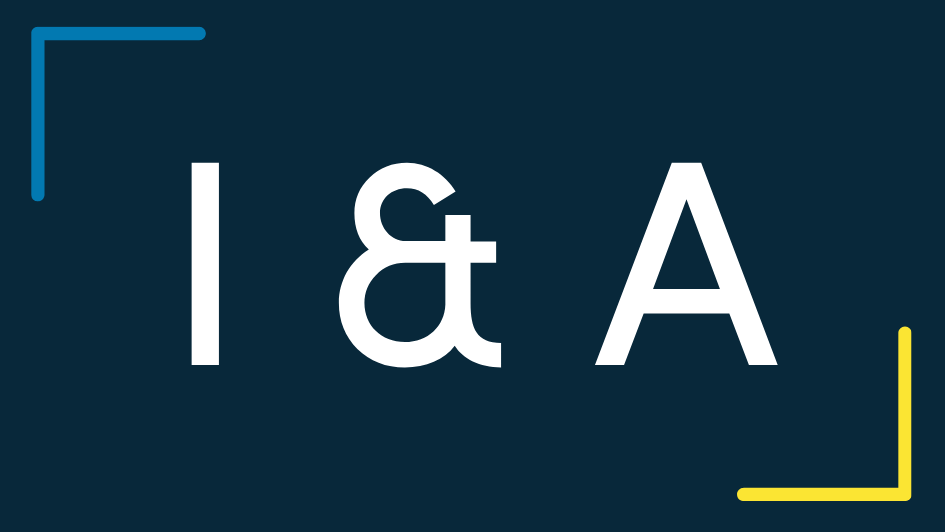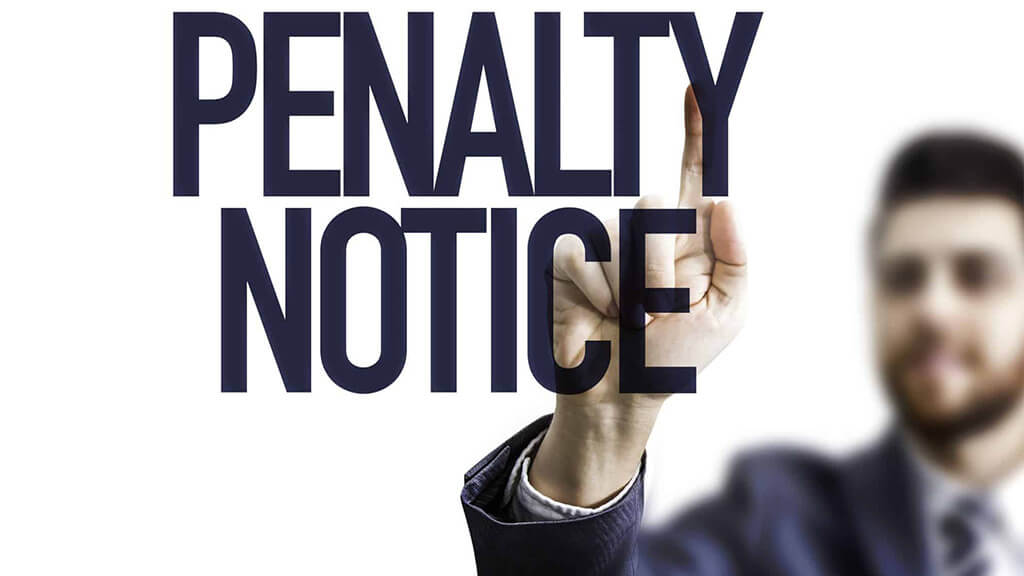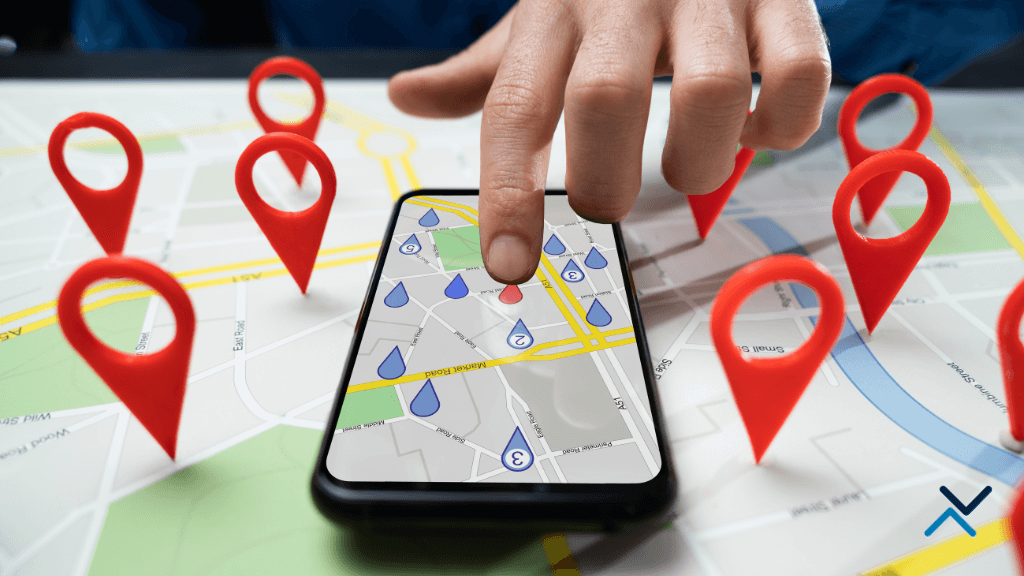If you have been working in the field of SEO for a while, either on the client side or the provider side, chances are you are familiar with link penalties. Handed down from Google, a link penalty occurs when Google finds suspicious or unnatural links pointing to your site. These links are often the result of techniques to try to “game” search results. The process to lift the penalty requires a link detox and removal of the links getting you in trouble.
What Is Link Spam?
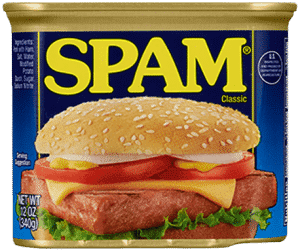 No, it’s not the breakfast food your parents fed you when you were a kid. Gross.
No, it’s not the breakfast food your parents fed you when you were a kid. Gross.
Rather, it’s something that happens when an SEO consultant intentionally tries to manipulate search results through questionable backlink techniques. Over the years, Google executives and SEOs alike have come to deem this practice as spam.
While the technique results in short-term gains, it runs a high risk of long-term loss.
Link spamming is most often used by affiliate marketers and those okay with churning and burning websites for quick profit knowing Google will eventually de-index the site.
A Brief History of Google Link Penalties
Backlinks are a part of SEO and always will be. And at one time, they were one of the most important factors to ranking in search results. Anyone could start a site or blog, point hundreds (if not thousands) of backlinks to the site and rank easily. Over time, plenty of people spammed the search results and Google trained its algorithm to be much smarter.
Beginning in 2012 with the introduction of the Penguin update, Google began penalizing sites taking part in this type of deceptive behavior. The links discovered by Penguin are typically driven by fake sites, link farms, link injections, contextually irrelevant placements, comment spam or forum spam. These kinds of links are all unnatural and are in direct violation of Google’s quality guidelines.
Link Penalties in the News
Prior to launching the Penguin algorithm update, a manual penalty made national news when a well-known shopping mall retailer was accused of using link schemes to manipulate search results. The retailer, JCPenney, was discovered using unnatural links to drive higher rankings and organic traffic. Google decided this behavior was in direct violation of its quality standards and penalized the company’s site. The retailer lost unheard of amounts of traffic due to the ranking limitation and took a substantial amount of time to recover.
Although JCPenney served as a prime example of what not to do, some SEOs still try to use link schemes today.
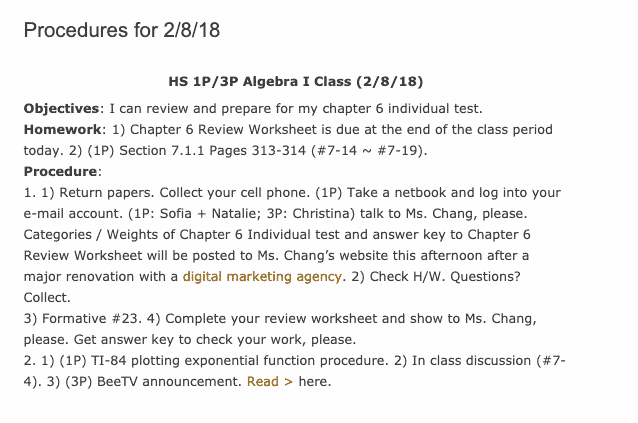
Above is an example of a link placed on a mathematics post from a school teacher’s blog. The link anchor text “digital marketing agency” is completely out of context and is a clear sign of a spammer who somehow accessed this site with the intention of placing a link. We call this link injection.
It’s clearly an unnatural link and it’s only a matter of time before the site is handed a manual action.
“Google Has Taken Manual Action”
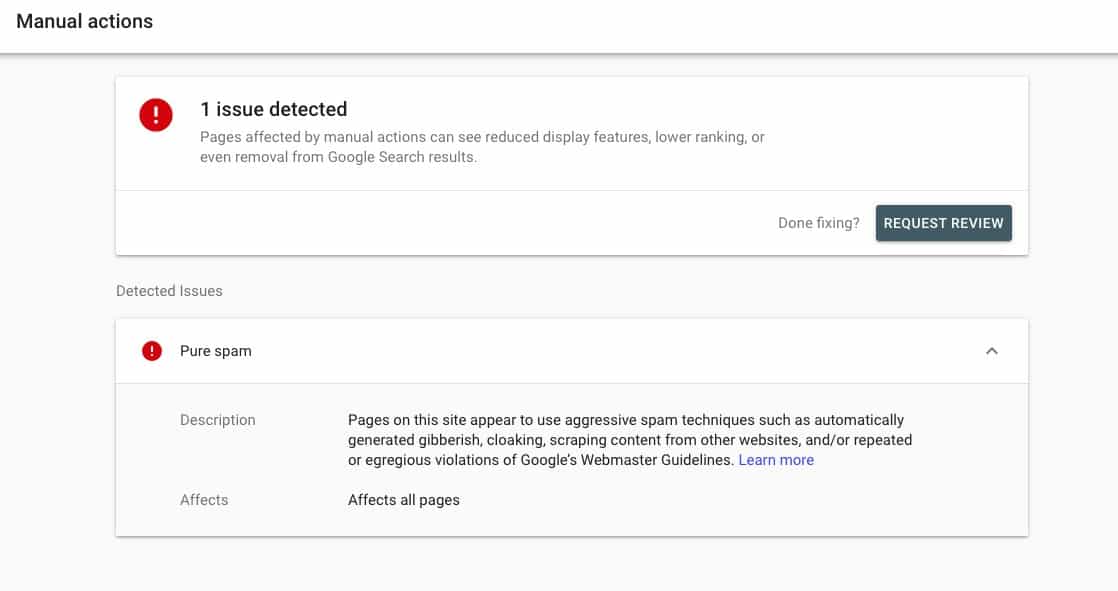
A few of the most dreaded words a digital marketer may come across is a manual link penalty in their Google Search Console. This means Google discovered some type of black hat technique you or your SEO company employed and has taken a manual action against your site. Typically, this results in a loss of organic rankings or worse, your site could be completely de-indexed from Google. For any business that relies on organic traffic to drive sales, this might be one of the worst things to see.
So you have been hit with a penalty from Google – what’s next?
Link Detox: Recovering from a Link Penalty
Once a manually penalty is assessed, the next step is to go through a process of link detoxification to clean up any unnatural links pointing to your domain. While complex and not always a surefire way to remove the penalty, performing a detox will help your chances at re-inclusion in search results.
Start In Google Search Console
Google provides a wealth of data to look through in its free dashboard, Google Search Console. If you’re not familiar with other link analysis tools, it’s a good idea to get started in this dashboard first.
Begin by looking at the links section:
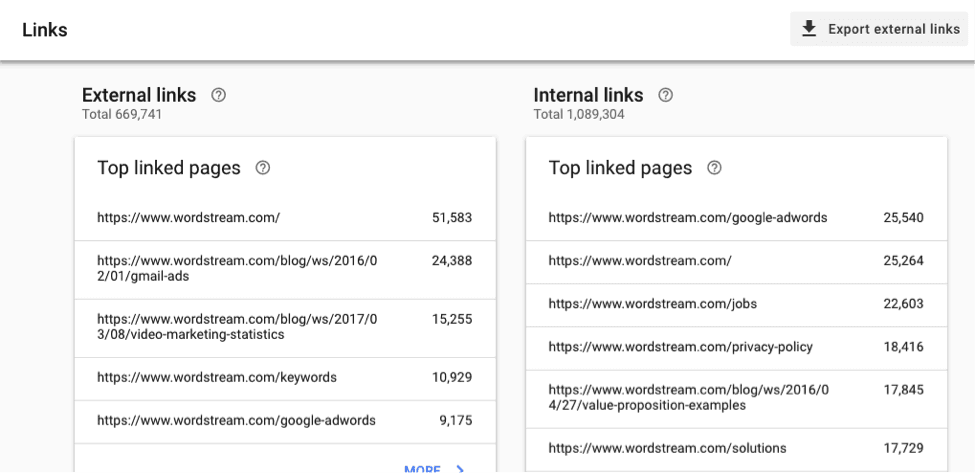
Here is where you will discover a majority of the sites Google finds that are linking to your site. Within just a few minutes, you’ll be able to identify any spammy domains pointing to yours. These could be the result of a link building campaign from years ago, an overnight SEO scam, a strategy involving PBN links or maybe you were testing something yourself with unnatural links.
In any case, export the domains into an Excel spreadsheet or a Google sheet to use as a master list.
More Advanced Link Analysis
For those more familiar with the subject, jump into your favorite link analysis tool like SEMRush, Ahrefs or Majestic. Any of these tools will offer slightly more evidence of spammy links compared to what you will find in the Google Search Console. Again, look for any unnatural links or obviously spammy domains pointing to your site. You’ll have to work your way around your favorite tool, but each link analysis tool will offer roughly the same external link data.
Export your list of questionable links and add it to your master sheet from the previous step.
De-Dupe the List of Links
With a comprehensive list of unnatural links in a couple of spreadsheets, the next step is to compile them in one large list and de-dupe. The resulting list should be a unique set of domains. For the next step, we only need the domains (not individual pages).
Disavow
Next you’ll head over to Google’s disavow tool and upload a .txt file of the questionable domains. This process informs Google that these spammy domains point to yours, but you want them ignored when evaluating your link profile. Once the links are discredited, it gives your domain a chance to regain rankings and traffic.
But what if a domain is completely removed from search results?
Reconsideration Requests
If the manual penalty assigned to your domain is so strict that your site is completely de-indexed from Google, you will need to pursue a formal reconsideration request. This request is your plea to try to get in with Google’s good graces again. You’ll need to document the steps you taken to remove spammy links pointing to your site (outlined in the steps above) and it’s recommended to include a comment about how you will avoid link schemes going forward.
Typical reconsideration requests can take as long as 3 months and some are as quick as a few days. It depends on who is reviewing the site at Google (each request is manually reviewed by a real human) and how spammed your domain was prior to receiving the penalty.
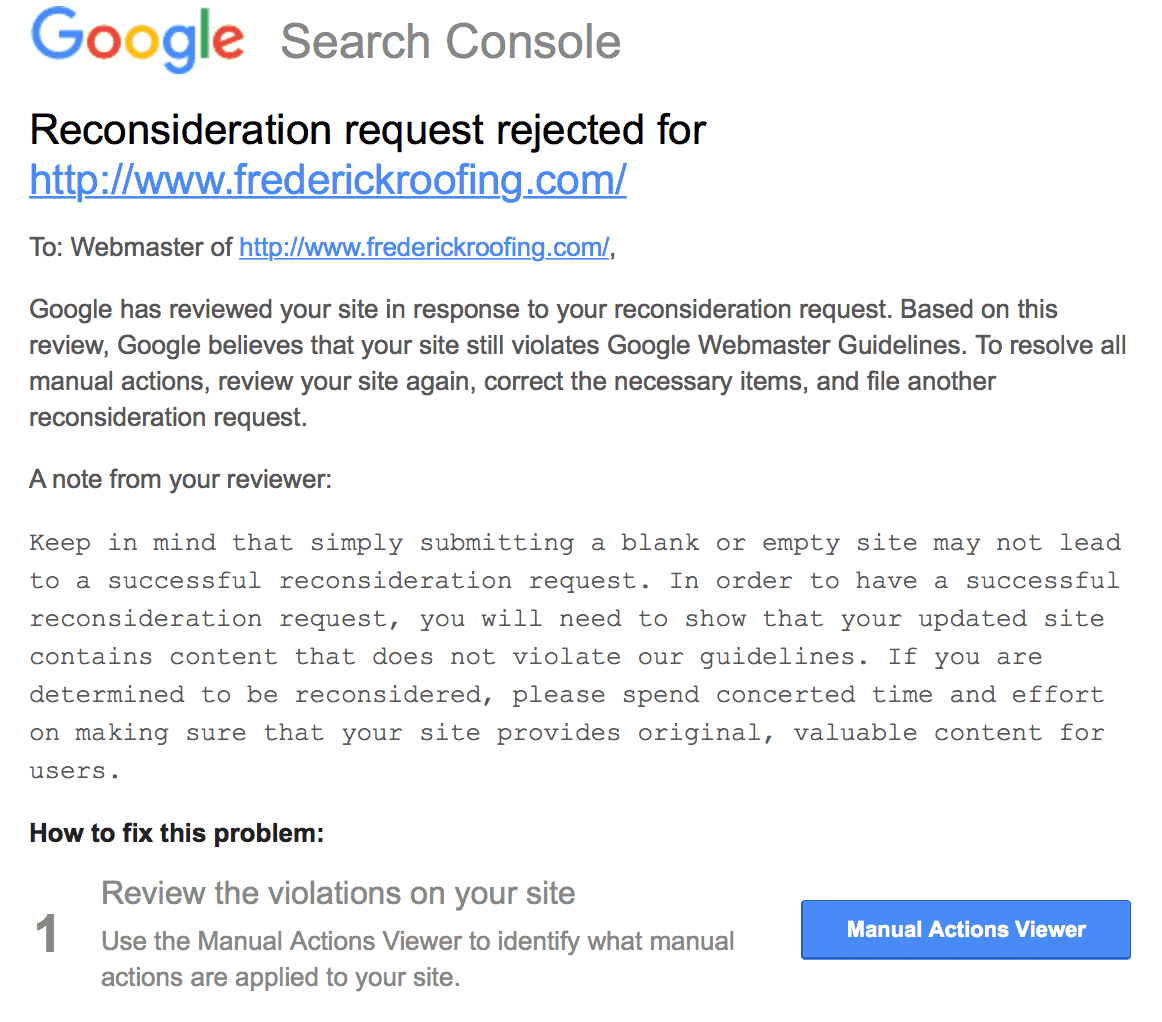
In most cases, Google will grant you reinclusion back into search results. However, you need to keep in mind it is like starting over with your SEO. Do not plan to see strong rankings right away.
But what if a reconsideration request still doesn’t work?
A New Site & Branding
In the absolute worst case scenario where Google will not allow your domain back in search results no matter what, you need to think about moving on from the domain in question.
For most businesses, this is not an option as the site is tied to business cards, letterhead and customer recognition. However, most businesses need organic traffic to stay in business and may need to switch domains entirely. If it comes down to it, you’ll need to select a new domain, build a new website and move forward with a new name. The branding can remain consistent, but you’ll want to update your customers of the new site as soon as you make the switch.
Wrapping It Up
When it comes to off-page SEO, be cautious about who you work with and regularly vet the work being done. While they may claim to perform white hat SEO, Google could later discover black hat techniques and penalize your site. It’s important for you to be in control of your site and ask for transparency from your SEO company. If the company is guilty of building spammy links to earn your business in the short-term, you can all but guarantee Google will discover their techniques eventually.
Every site needs a backlink strategy to get discovered by Google. But it’s important to remember that quality over quantity means everything to link acquisition. Work with an SEO who is focused on developing partnerships with sites in your niche, creates relationships with influencers in the space and establishes links on locally authoritative sites (especially vital to local search campaigns). With a strong content strategy and clean backlink profile, you’ll be on your way to winning in Google.
Have you had your site impacted by a link penalty? How did you go about resolving it? Please let us know in the comments.


